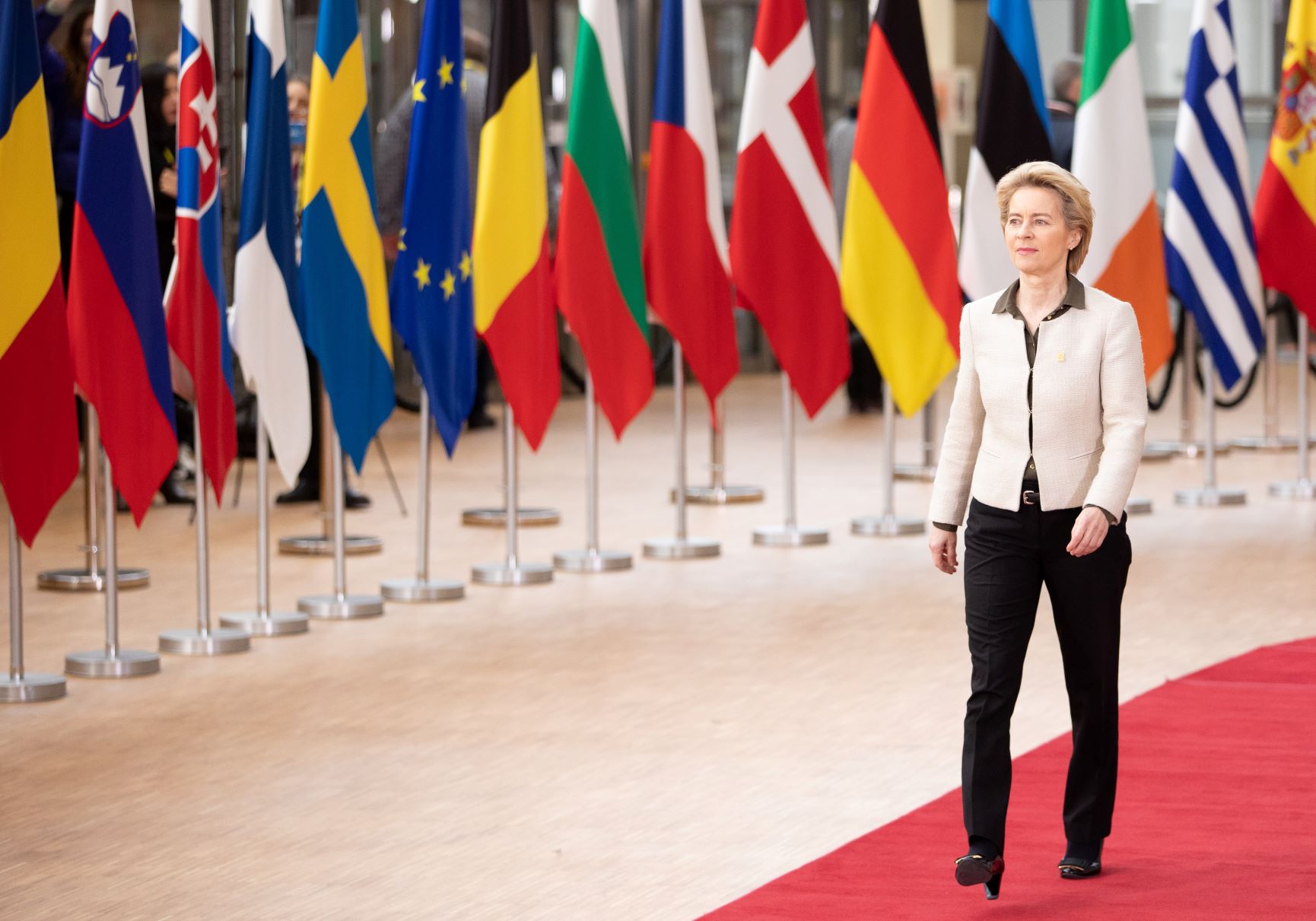This week, the European Commission published the Green Deal Industrial Plan for the Net-Zero Age. This is the EU’s first move in response to US President Joe Biden’s Inflation Reduction Act (IRA), which allocates 369 billion dollars for the environment.
The proposal follows the announcement made in January at the World Economic Forum by European Commission president Ursula von der Leyen on the EU plans to support industries in the acceleration toward the production of green technologies.
A boost for net-zero technology
“We have a once in a generation opportunity to show the way with speed, ambition and a sense of purpose to secure the EU's industrial lead in the fast-growing net-zero technology sector,” said von der Leyen. “Europe is determined to lead the clean tech revolution. For our companies and people, it means turning skills into quality jobs and innovation into mass production, thanks to a simpler and faster framework. Better access to finance will allow our key clean tech industries to scale up quickly.”
The Green Deal Industrial Plan for the Net-Zero Age is set to mark a further turning point in the Union’s work in the field of decarbonisation. The plan is built upon four pillars: a clear and simplified regulatory environment, faster access to clean tech funding, enhancing the necessary skills, and new trade rules for resilient supply chains (as with the vital Critical Raw Materials Act). The Commission’s announcement will be discussed during the EU leaders’ meeting on 9th and 10th February. After this, the Commission says it is “ready to translate the plan into concrete proposals based on substantiated needs assessments before the European Council meets in March.”
New funding for green tech
This vision has been greeted favourably by the industrial world, especially by the most advanced companies in the low-carbon economy. The announcement arrived at a time when many countries, in particular France and Italy, are asking for increased EU funding for green tech. With the Green Deal Industrial Plan, the short-term allocation (through changes to existing funding programmes) of bridging funding should reach approximately 250 billion euros, which will then make way for a new European Sovereignty Fund that the Commission hopes to set up before summer 2023. “The Green Deal Industrial Plan could mark a tipping point in the transition to a climate-neutral economy, not just in Europe but globally,” said Martin Porter, executive chair at the Cambridge Institute for Sustainability Leadership (CISL) Brussels. “It is a sign that winning the net zero race to the top with the Green Deal as its compass is the way forward for the EU," he said. "There is everything to play for and a clear urgency for the EU to up its game, to avoid complacency or reverting to outdated notions of competitiveness in its actions. The GDIP must now deliver on its promise of greater speed, scale and focus on funding and investment for innovation." Internationally, the proposal is set to accelerate the decarbonisation of the financial sector and further boost other regions on the planet to keep up with technological innovation and investments.
Thus, in political terms, the goal is to bring about a regulatory environment that does not “put the green transition at risk” and simpler authorisation processes. The law on zero-emission industry “would allow the Commission to set EU-wide standards” with the aim of contributing to the introduction of technology and accelerating projects, including the roll-out of renewables. The second pillar, meanwhile, should enable greater flexibility for Member States’ public spending relating to the circular economy, sustainable transport, renewable energy, launching a simplification process for economic aid for green tech, which could also happen through tax benefits, particularly to “match the aid received for similar projects by competitors located outside of the EU.”
The 250-billion-euro bridging fund will be primarily based on the redeployment of existing EU funds (InvestEU, RePowerEU, the Innovation Fund, and the Recovery and Resilience Facility). The long-term structural funding will be supported by a European Sovereignty Fund, set to be created by summer 2023 in the context of the review of the multi-annual financial framework. The fund will support coordinated EU projects that will help level out conditions in the internal EU market.
These resources will support the “skills” pillar, which requires more efforts necessary to train workers, especially in younger age brackets with greater levels of unemployment, for jobs in greener industries, tackling the “challenges posed by the twin green and digital transition.”
The final pillar on supply chains relates essentially to raw materials. As previously also mentioned in issue 43 of Renewable Matter, the Commission is ready to set up new supply initiatives such as a Critical Raw Materials Club. Furthermore, it is open to building better industrial symbiosis through Clean Tech/Net-Zero industrial partnerships, an export credits strategy that limits the fossil fuel sector and boosts zero-emission technology, and finally, an aggressive harnessing of trade defence instruments.
The initiative will have to be analysed more closely, in an attempt to understand whether it will create space for strong deregulation of apparently green&clean tech, in addition to excessively opening up to subsidies as happened in the past with renewables. The social aspect, in accordance with the Just Transition Mechanism, must remain a guiding light for the EU executive. Boosting industry is necessary but should not be overly performance-enhancing. With the risk that the right steps forward will not follow.
Image: European Commission



